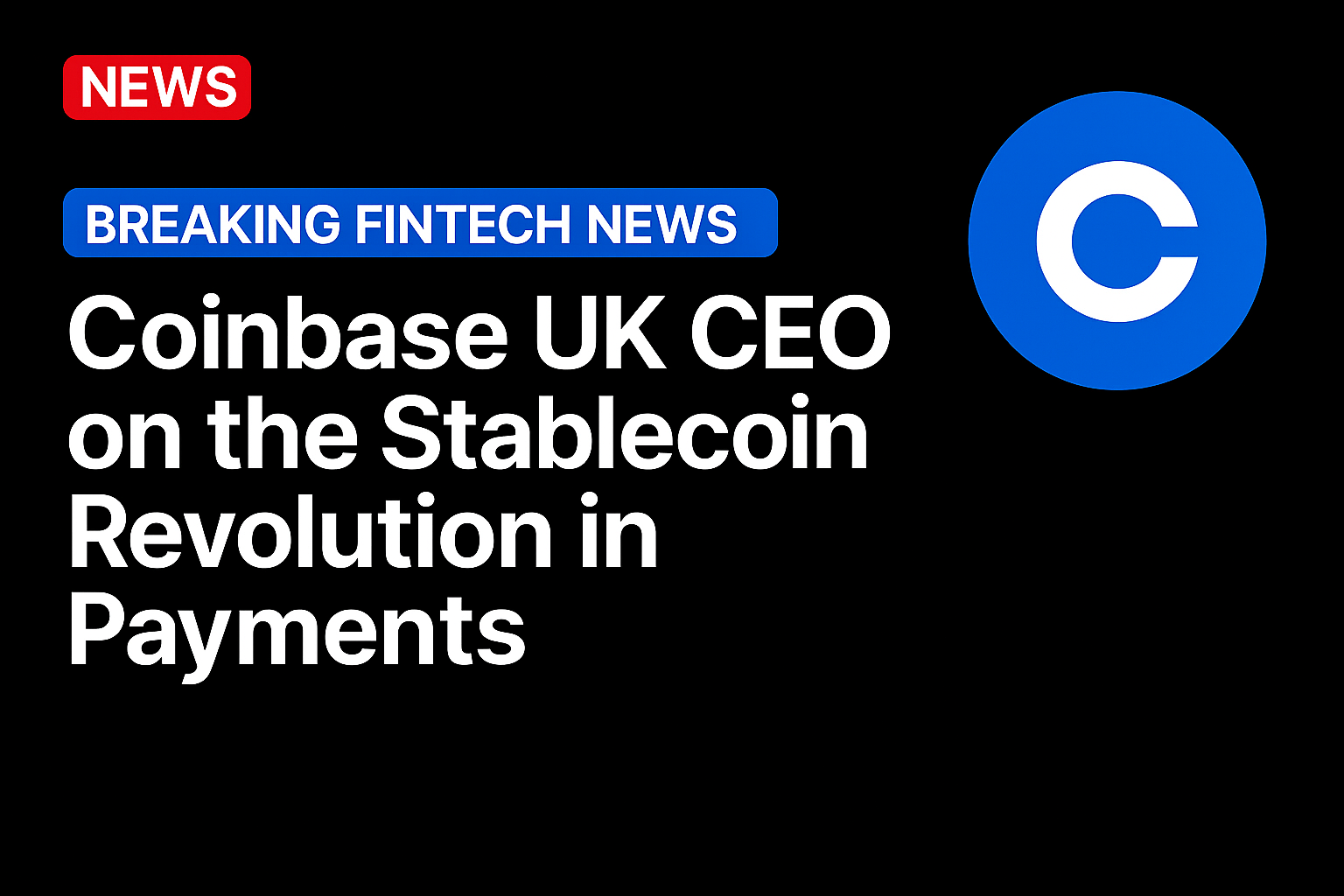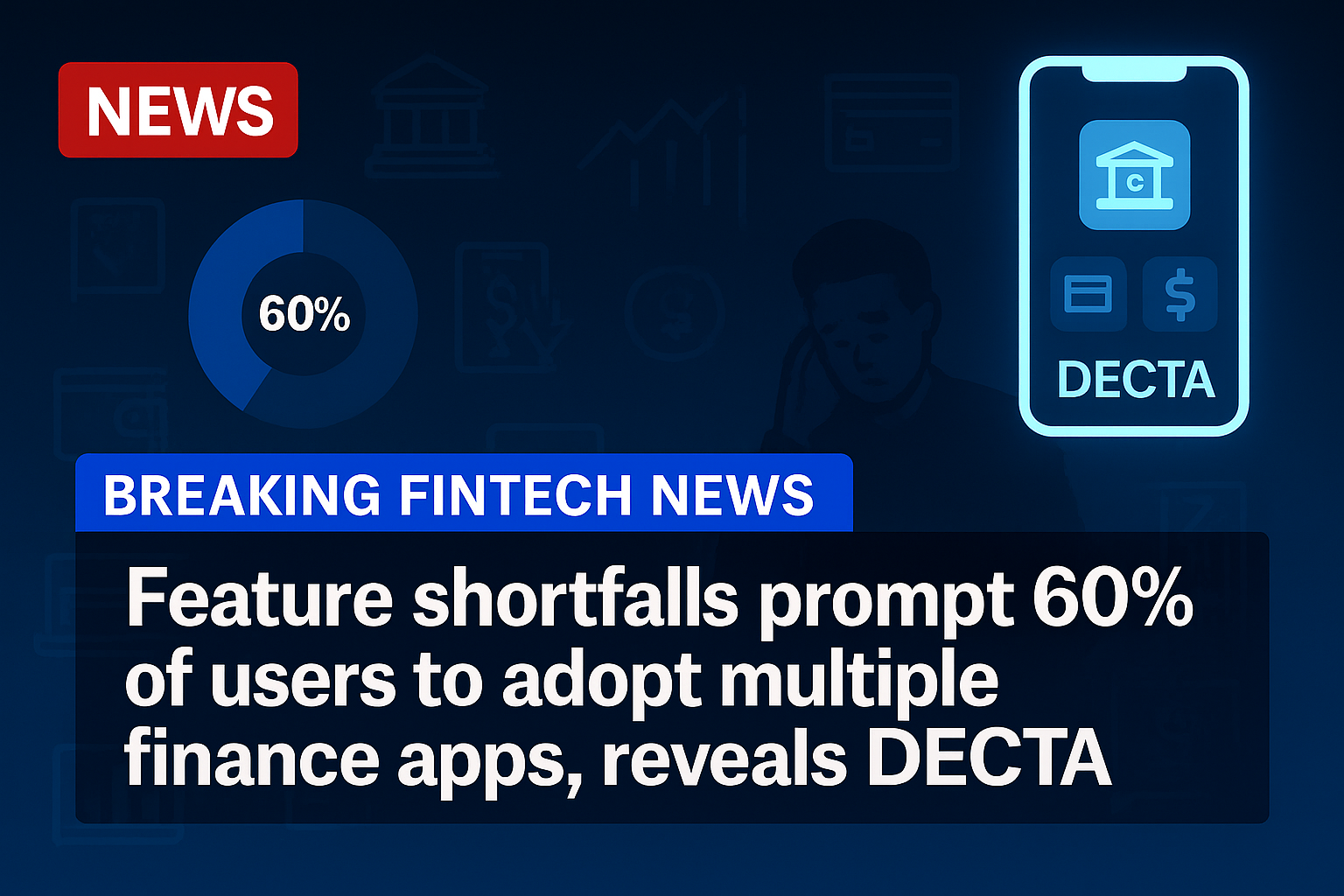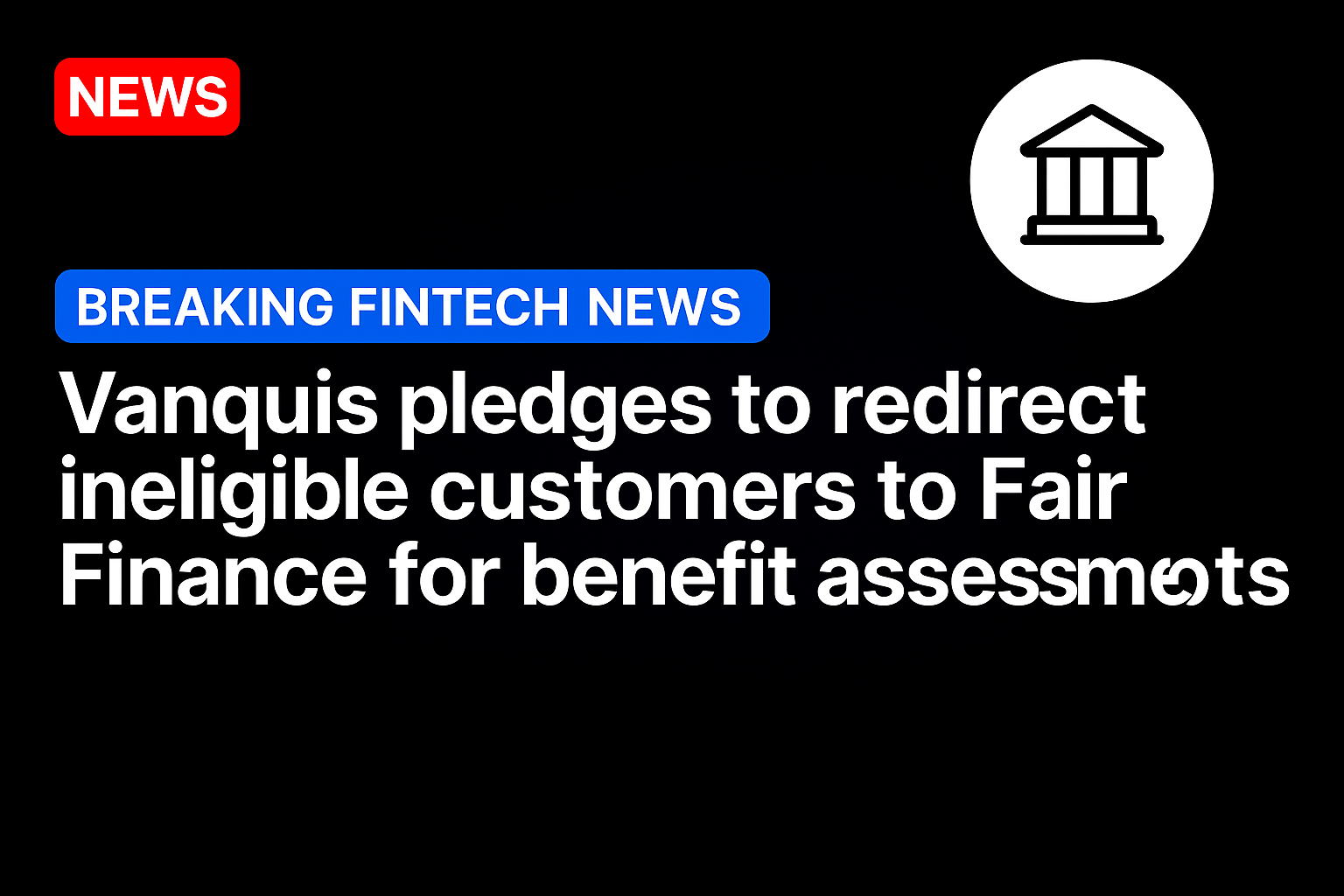Keith Grose discusses how blockchain-based currencies are reshaping finance as global markets develop comprehensive regulatory frameworks
The stablecoin revolution is already here, even if most consumers haven’t noticed yet.
According to Keith Grose, UK CEO of Coinbase, the cryptocurrency exchange and custodian platform, these blockchain-based digital currencies have crossed a remarkable threshold in the past year.
Stablecoins have processed more than US$45tn in transaction volume over the past 12 months.
That figure exceeds the combined volumes of payment giants Visa and Mastercard. Yet this seismic shift in how value moves around the world remains largely invisible to everyday consumers in developed markets.
“I don’t think many people realise it yet because you’re not paying for your groceries with stablecoins if you’re in the US or the UK,” Keith explains. “But quietly, there is a big movement happening.”
Stablecoins are cryptocurrencies designed to maintain a stable value by being pegged to traditional currencies, most commonly the US dollar.
Unlike volatile cryptocurrencies such as Bitcoin, stablecoins aim to combine the benefits of blockchain technology with the price stability of fiat currency. This makes them particularly useful for payments and remittances.
The summer that changed everything
The momentum behind stablecoins accelerated dramatically following what Keith describes as “stablecoin summer”.
This refers to the passage of the GENIUS Act (Guiding and Establishing National Innovation for US Stablecoins) in the United States, landmark legislation that created a comprehensive regulatory framework for stablecoins.
The Act established clear rules for how stablecoin issuers must operate, including reserve requirements and consumer protections.
The legislation marked a turning point for institutional adoption. With regulatory clarity finally established, corporate treasurers and financial institutions gained the confidence to integrate stablecoins into their operations. The growth that followed has been remarkable.
The implications extend far beyond simple payment processing.
Keith identifies stablecoins as one of two critical trends that will reshape financial services over the next five to ten years. The second is tokenisation, the process of representing real-world assets as digital tokens on blockchain networks.
“You’re starting to see this happen with savings, with money market funds, but I think you’re going to see it happen with equities and bonds as well,” Keith says. “We’re in the early days of that, but I think the next 12 months are going to be really exciting for that space.”
The convergence of these trends points towards a future where traditional capital markets operate on blockchain infrastructure. Keith highlights the transformative potential of this shift.
“There’s going to be this interesting question of what happens when you have massive capital markets move on chain where they’re trading 24/7, 365 globally,” he reveals. “The market expansion there is going to be really interesting.”

Where stablecoins are already winning
While British and American consumers continue using traditional payment methods, stablecoins have already gained significant traction in specific use cases.
Corporate treasuries represent the first major adoption frontier, particularly where companies must regularly move capital between subsidiaries and conduct trade finance across multiple currencies.
Keith explains that stablecoins have already captured considerable market share in these corporate applications. The benefits become particularly pronounced in emerging markets, where traditional banking rails prove slow and expensive for cross-border transactions.
“Particularly in emerging markets where moving from one currency to another, South African rand to a US dollar, can take a long time, you’re starting to see stablecoins be used more and more,” Keith says.

Beyond corporate treasuries, emerging markets with less developed banking infrastructure present compelling consumer use cases.
High remittance costs, currency instability and limited access to banking services create genuine problems that stablecoins can solve immediately.
The second area of current adoption involves consumer payments, though the trajectory differs markedly between developed and emerging markets.
In countries with less established payment infrastructure, stablecoins offer a compelling alternative to slow and expensive traditional banking systems.
Keith believes this geographical divide will shape the adoption timeline. “I actually think stablecoins will enter consumer use cases in other markets first and then make their way to developed markets,” he explains. “Because actually they’re solving a bigger pain point there than it is here.”
In developed markets like the UK and US, where tap-to-pay and faster payments work seamlessly, stablecoins face less urgent demand.
However, they are beginning to emerge as an alternative option, often integrated behind the scenes rather than replacing existing payment methods entirely.
Even in these advanced markets, certain features could accelerate adoption. Keith highlights the ability to earn yield on stablecoin holdings while simultaneously using them for payments.
Coinbase currently offers 4.5% interest on US dollar stablecoins, effectively combining current account convenience with savings account returns.

“Right now, part of the benefit for me is I can hold US dollars and get paid 4.5% on those and pay with them at the same time,” Keith says. “So it’s like having a checking and savings account in one.”
Keith highlights how this integration is already working in practice. “I spend every day in the UK on tap to pay, and it’s actually backed by stablecoins,” he reveals. “Every time I’m paying, it’s auto-converting stablecoins for me, but it’s still using traditional card rails.”
This hybrid approach provides a bridge between blockchain-based assets and familiar payment interfaces. The technology works invisibly, delivering additional benefits without requiring consumers to learn new payment methods or abandon the convenience of contactless cards.

The regulatory landscape takes shape
The United Kingdom is racing to establish its own comprehensive regulatory framework for stablecoins and cryptocurrency more broadly.
The Financial Conduct Authority has been developing regulations similar to MiCA, the Markets in Crypto-Assets framework implemented across the European Union.
The new framework will transform the current system, which merely registers cryptocurrency firms under anti-money laundering regulations.
Instead, the FCA is building comprehensive rules covering both stablecoins and the companies that provide them. The legislation should be finalised by the end of 2025 and implemented throughout 2026.
“You’re going to have a very high bar for someone to become a licenced UK crypto player, but also clarity for both institutional and consumer protection,” Keith explains. “What’s protected? What are the repercussions for bad actors? I think it’s going to really help raise the bar.”
Speed of implementation matters. Other jurisdictions have already established clear frameworks, forcing the UK to play catch-up.
However, Keith sees potential advantages in learning from international examples. The UK can study rougher edges in regulations elsewhere and create more innovation-friendly rules.
The UK government has announced plans to appoint a crypto czar to help drive policy forward in this sector.
While details remain sparse about this new role, Keith views the development positively. Having a senior official coordinating cryptocurrency policy across different government departments should accelerate progress.
“I think truly having someone connect all the dots at the policy level in the government and push that forward is going to be really important,” he says.

Divergent regulatory strategies
The global regulatory landscape for stablecoins reveals fundamentally different philosophies.
The United States and European Union have chosen opposing paths, with significant implications for market development.
America has embraced third-party stablecoins issued by private companies. Simultaneously, US policymakers have explicitly ruled out creating a central bank digital currency.
The strategy prioritises private sector innovation over government-issued alternatives.
Europe has taken the inverse approach. While the European Union permits private stablecoins under MiCA, the regulations prohibit issuers from offering interest or rewards on holdings.
Meanwhile, the European Central Bank is actively developing a digital euro, a government-issued CBDC.
“Those are the opposite strategies, and it’s going to be interesting to see which one wins,” Keith says. “It’s probably not winner-take-all, but I think in the global financial system, there are winner-take-most markets.”

AI agents and programmable money
The convergence of AI and blockchain technology creates new use cases for stablecoins. Keith identifies AI agents as particularly important drivers of future stablecoin adoption.
Coinbase recently released X402, a protocol that enables AI agents to make payments using stablecoins.
The technology builds on the on-chain HTTP protocol, allowing websites, businesses and AI agents to conduct commerce through cryptocurrency wallets and programmable money.
“It’s still very early days, but that’s a really exciting way that you’re seeing AI and crypto start to overlap,” Keith explains.
The logic becomes clear when considering how AI agents operate. These autonomous software systems need to conduct thousands or millions of micro-transactions.
An AI agent might pay fractions of a penny to access a website, crawl data or receive an answer to a query.
Traditional payment systems cannot economically process such small transactions. Payment card fees typically exceed the transaction value for purchases under several pounds. Stablecoins enable micropayments at scale with negligible transaction costs.
“When you have agents, you’re going to have to have two things,” Keith says. “You have to be able to support micro transactions at scale, thousands of cents for viewing a website or crawling a website or providing an answer, and it has to be programmable. Those two things are perfect use cases for crypto payments.”
Major technology companies are beginning to recognise these possibilities. Stripe, the payments processor, recently acquired Bridge, a stablecoin infrastructure company.
Stripe also provides payment services for OpenAI, the AI research company behind ChatGPT. These partnerships signal growing recognition that AI and cryptocurrency represent complementary technologies.
The fraud challenge
Stablecoins and cryptocurrency platforms face the same security challenges confronting all digital financial services. Keith describes the situation as a constant arms race between platforms and criminals.
Coinbase works with numerous identity verification vendors to prevent fraud.
However, AI tools now enable fraudsters to create convincing fake identities and documents. Sophisticated deepfakes can pass initial verification checks, making it increasingly difficult to confirm that identity documents are genuine.
“It’s a constant cat and mouse game,” Keith says. “Just as much as companies like Coinbase and others are adopting AI tools to make our systems better, fraudsters are adopting AI tools to become better at fraud. It becomes an ever-escalating battle.”
The UK government recently proposed introducing national digital identity cards, partly to address these verification challenges.
The proposal has generated mixed reactions, with privacy advocates expressing concerns about government surveillance while security proponents argue that such systems are necessary.
Keith suggests the verification problem will never reach equilibrium. As defensive technologies improve, attack methods will evolve accordingly.
The critical factors are maintaining clear regulations, robust consumer protections and building security into products from inception.
“You never get to an answer,” he continues. “You’re just in a constant cat and mouse game with fraudsters.”
“The world of fintech and the world of crypto are going to coincide”
Keith Grose, UK CEO, Coinbase
Coinbase’s UK ambitions
The United Kingdom represents Coinbase’s second-largest market after the United States. Keith aims to significantly expand that presence over the coming years.
Approximately 12 million UK adults currently own cryptocurrency. Keith believes that number can reach 30 to 50 million within five years. Achieving this growth requires making Coinbase the easiest entry point for newcomers.
The product roadmap includes several initiatives designed to bring blockchain benefits to retail consumers. Keith wants to introduce familiar lending and borrowing products, but powered by blockchain technology.
Decentralised exchange functionality would enable consumers to trade directly from their wallets while maintaining the user experience of traditional platforms.
Expanding the cryptocurrency-backed card programme represents another priority. The goal is to make cards and stablecoins work interchangeably in the UK, replicating success in other markets.
Keith acknowledges Coinbase won’t drive this growth alone. Traditional banks and neobanks will increasingly offer cryptocurrency services, expanding overall market access.
Competition ultimately benefits consumers through improved products and wider availability.
The convergence between financial technology and cryptocurrency appears inevitable. Keith believes these sectors, once distinct, are rapidly becoming one unified industry.
Events traditionally focused on fintech now regularly feature cryptocurrency discussions.
“The world of fintech and the world of crypto are going to coincide,” Keith concludes. “If you think about technology and finance, stablecoins and cryptocurrency are going to become a huge part of that.”
Source: https://fintechmagazine.com/




